A party of disorderly couples has gatecrashed the Picture Gallery at Bath’s Holburne Museum, climbing on to the antique furniture, hanging off the track lighting and sprawling on the floor, putting the noses of the resident Gainsboroughs, Constables and Zoffanys out of joint. Lawks-a-mercy! What has come over the Holburne? A passel of Mrs & Mrs Popes, that’s what: 36 years’ worth, to be precise.
Already a subscriber? Log in
Subscribe for just $2 a week
Try a month of The Spectator Australia absolutely free and without commitment. Not only that but – if you choose to continue – you’ll pay just $2 a week for your first year.
- Unlimited access to spectator.com.au and app
- The weekly edition on the Spectator Australia app
- Spectator podcasts and newsletters
- Full access to spectator.co.uk
Or
Unlock this article
You might disagree with half of it, but you’ll enjoy reading all of it. Try your first month for free, then just $2 a week for the remainder of your first year.

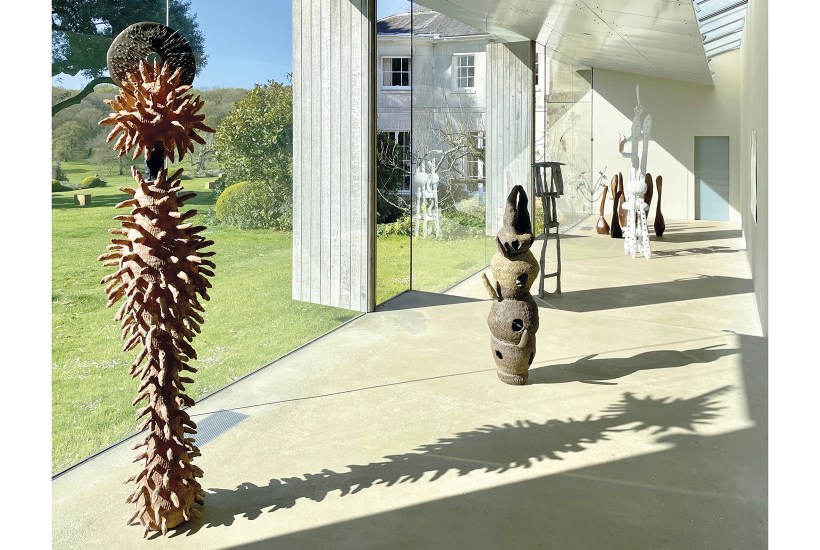
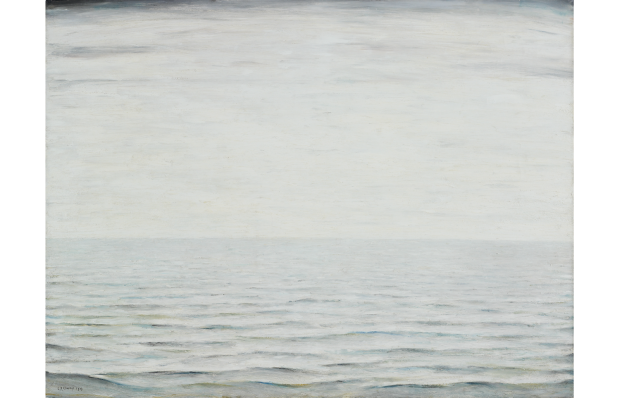

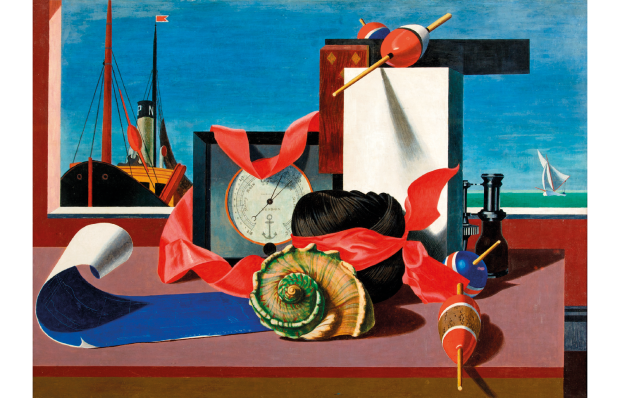
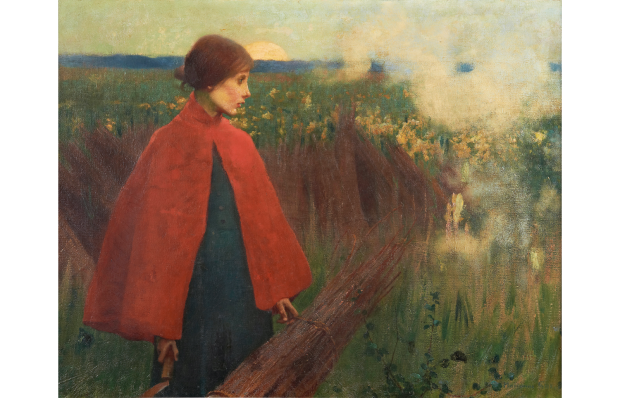
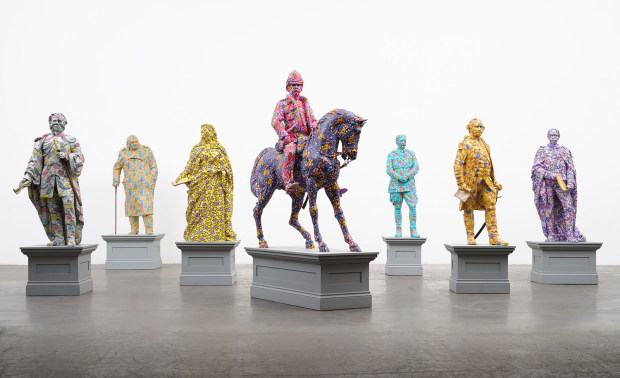
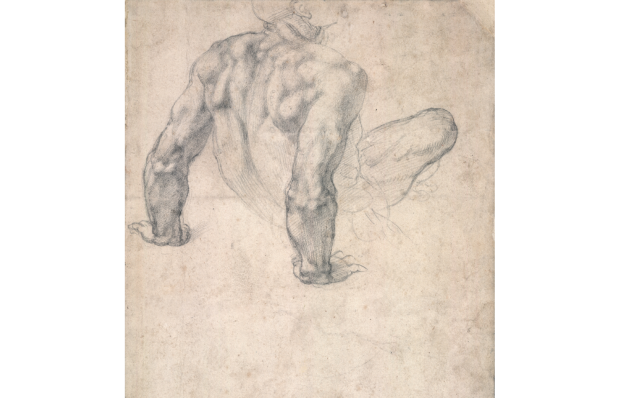






Comments
Don't miss out
Join the conversation with other Spectator Australia readers. Subscribe to leave a comment.
SUBSCRIBEAlready a subscriber? Log in